Sustainability and Business: A Profitable Symbiosis
Sustainability has evolved from a buzzword to a revolution. Consumers are more conscious of the environmental impacts of their purchases, and companies are responding with sustainable practices. But sustainability isn't just good for the planet - it can also boost your business's bottom line. This article explores the relationship between sustainability and profitability, sharing success stories and practical tips.

Building a Loyal Customer Base
The modern consumer seeks brands that reflect their values and concerns, especially regarding environmental sustainability. When a company adopts sustainable practices, it resonates with consumers on a deeper level. They feel that by supporting your business, they are contributing to a cause they deeply care about.
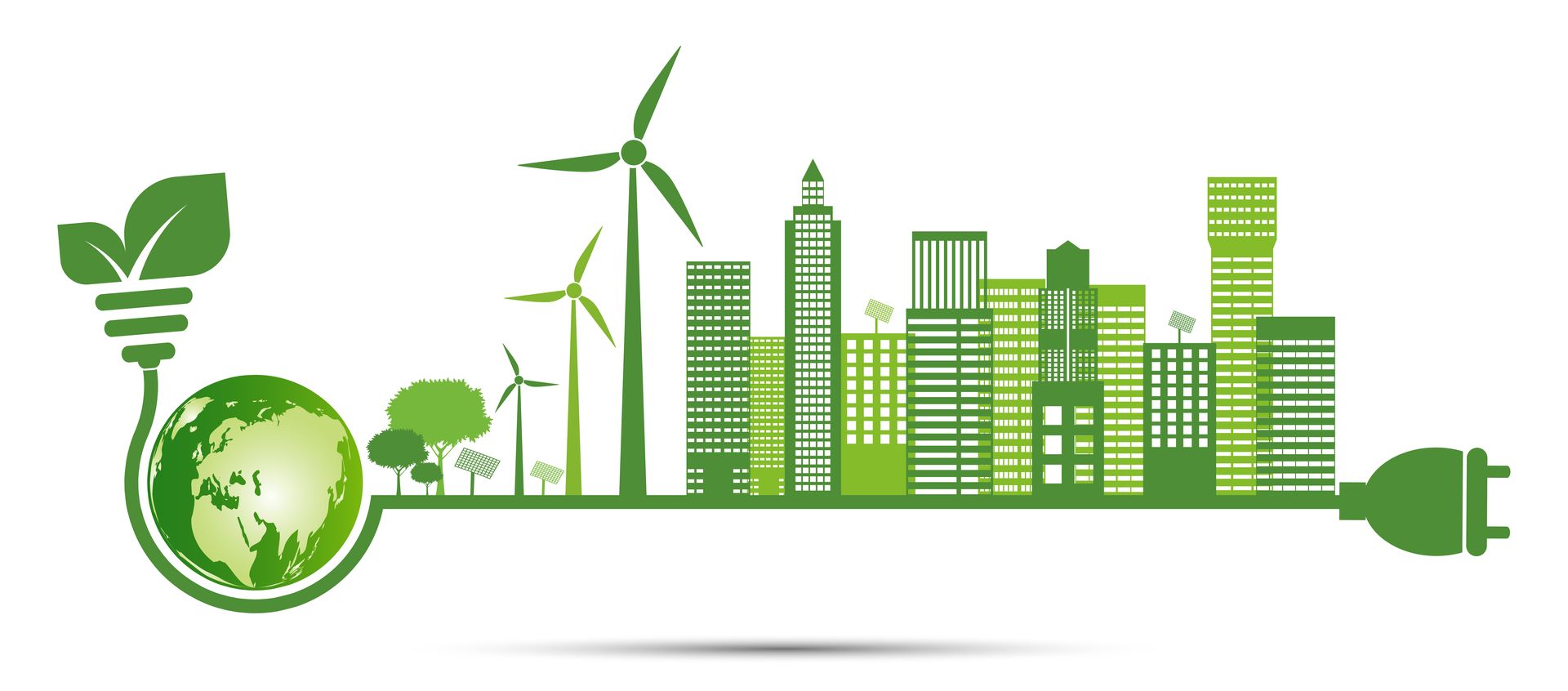
Often, environmentally friendly products are perceived as higher quality. For instance, organic food is seen as healthier, and clothing made from organic cotton is considered more durable. Consumers are willing to remain loyal to a brand that provides quality, sustainable products.
When consumers find a brand that aligns with their values, they talk about it, often becoming brand ambassadors. In the age of social media, this can quickly build a community around your brand, driving customer loyalty to new heights.

Sustainability also involves transparency about your practices. When a company is open about its supply chain, materials, and environmental impact, it builds trust, a fundamental building block for customer loyalty.
A sustainable business model involves listening to consumer feedback, especially regarding environmental practices. By adapting your practices based on consumer feedback, you make them feel valued and heard, increasing their loyalty to your brand.
Building a loyal customer base through sustainability is a long-term strategy, but it is likely to pay off. Not only does it build a customer base that aligns with your values and trusts your brand, but it also creates a community likely to stick with you through thick and thin.
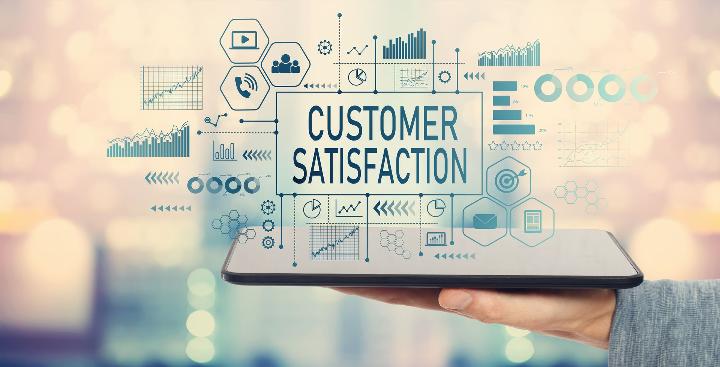
Cost Saving through Efficiency
The concept of "going green" often brings to mind images of lush green landscapes and clear skies, but beneath this environmental appeal lies a treasure trove of cost-saving opportunities for businesses. When a company incorporates energy-efficient appliances, reduces waste, and optimizes resources, it’s not just taking steps towards a greener Earth; it’s also paving a golden pathway towards leaner expenses.
Switching to energy-efficient appliances and utilities can result in substantial savings. For example, LED lighting consumes significantly less energy than traditional bulbs, translating into lower electricity bills over time. Energy-efficient HVAC systems, refrigeration, and machinery not only use less power but often require less maintenance, leading to savings.
Investing in renewable energy sources like solar or wind power might seem like a considerable upfront cost, but it’s crucial to consider the long-term savings. By generating your own energy, you can drastically reduce or even eliminate your electricity bills. In some regions, excess energy that you generate can be sold back to the grid, creating an additional revenue stream.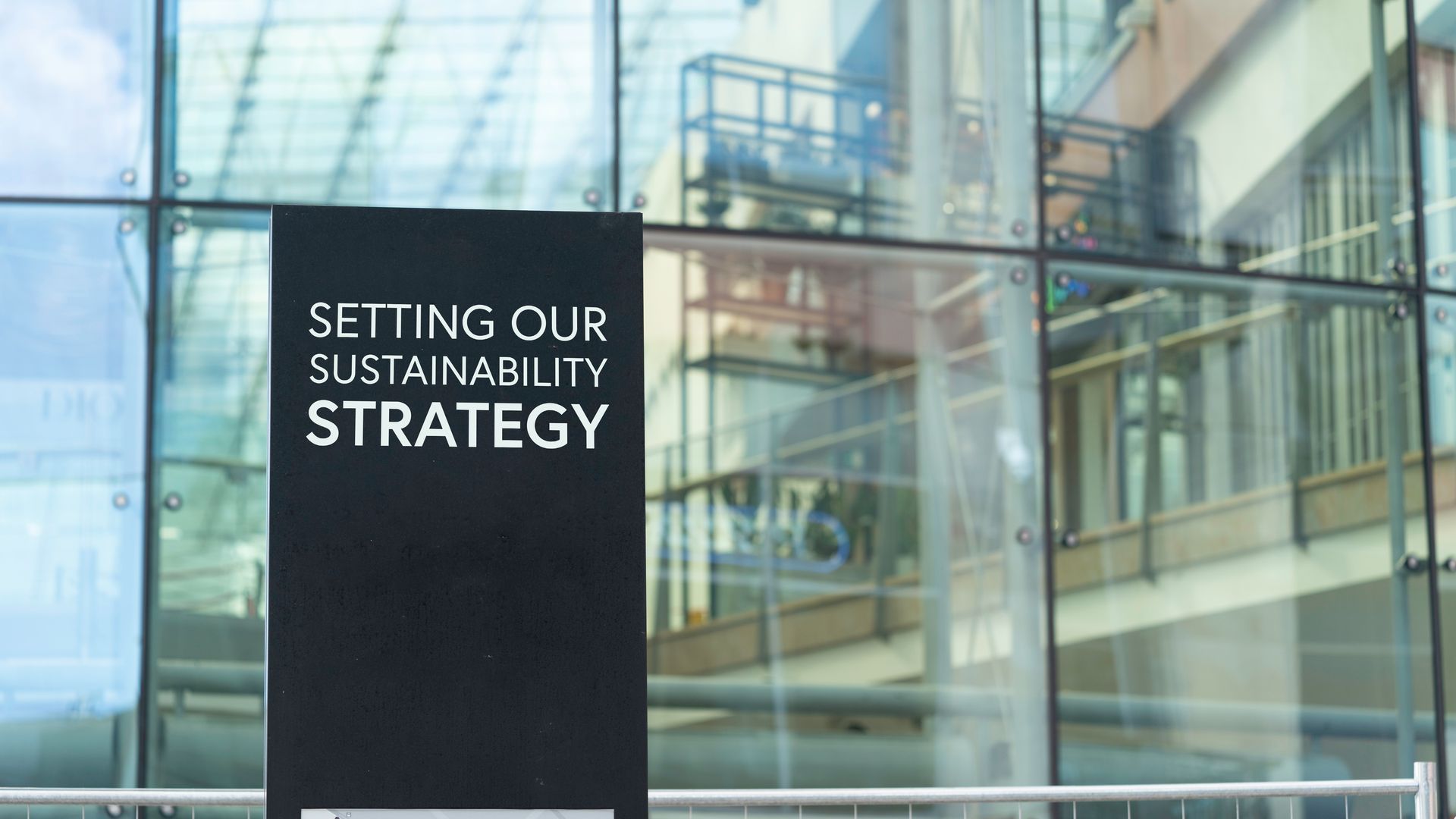
Waste reduction is one of the cornerstones of sustainable business practices. This includes minimizing material waste in production processes, reducing water wastage, and cutting down on unnecessary packaging. By optimizing your production process to use materials more efficiently, you can lower costs and, in some cases, even improve the quality of your products.
Efficiency isn't just about energy usage; it's also about how your supply chain operates. By sourcing materials locally, you can reduce transportation costs and lower your carbon footprint. Streamlining your supply chain through better inventory management can also reduce warehousing costs and minimize waste due to expired or obsolete inventory.
In the digital age, moving towards paperless operations is another step towards sustainability and efficiency. This not only reduces the company's dependency on paper – saving trees in the process – but also streamlines operations, making data management more efficient and reducing costs related to paper, printing, and storage.
An often-overlooked aspect of going green is the impact it can have on employee productivity and wellness. A sustainable work environment with good air quality, natural lighting, and a culture of sustainability can increase employee satisfaction and productivity, reducing costs related to healthcare and employee turnover.

Government Incentives and Grants
As the world shifts towards a more sustainable future, governments have recognized the essential role that businesses play in this transition. To encourage companies to adopt green practices, numerous incentives and grants have been introduced. These financial perks not only help to offset the initial costs associated with implementing sustainable practices but also contribute to ongoing savings.
Many governments offer tax credits for businesses that install renewable energy systems, such as solar panels or wind turbines. These tax credits can significantly reduce the tax liability for your business, making the upfront cost of installing renewable energy systems more affordable.
Energy efficiency rebates are a common incentive offered by governments and utility companies. For instance, if a business upgrades its lighting system to use energy-efficient LED lights, it might be eligible for a rebate on the cost of the lights or on its energy bill.
Some countries have implemented cap-and-trade systems, which allow businesses to earn carbon credits when they reduce their greenhouse gas emissions below a certain level. These credits can then be sold to other businesses that are unable to reduce their emissions, creating an additional revenue stream for companies that are able to cut their emissions significantly.
Governments often provide grants to businesses that are engaged in research and development of environmentally-friendly technologies. These grants can cover a significant portion of the costs associated with developing new green products or processes, helping businesses to innovate without a huge financial burden.
Some governments offer low-interest loans to businesses that are looking to make green upgrades. These loans can be used for a variety of purposes, such as installing energy-efficient equipment or renovating a building to make it more energy-efficient. The lower interest rates make these loans more affordable for businesses and can result in significant savings over time.

For businesses that commit to sustainability, some governments offer expedited permitting processes and reduced fees. This can be particularly beneficial for manufacturing or construction businesses that are incorporating green building practices, as it can speed up the timeline and reduce costs associated with getting a project off the ground.
By obtaining certifications like LEED (Leadership in Energy and Environmental Design), businesses can not only enhance their marketability but sometimes be eligible for additional incentives. These might include tax breaks, zoning allowances, or even public recognition by government entities.
When businesses take advantage of these government incentives and grants, it creates a win-win situation. The company benefits from reduced costs and potential new revenue streams, while society benefits from the reduced environmental impact. These incentives also spur innovation in green technologies and practices.

Enhancing Brand Image
An environmentally conscious brand image can make your business more appealing to consumers, partners, and investors. It demonstrates a sense of corporate responsibility and shows that your company cares about its impact on the world. In today’s world, a strong brand image is invaluable and can be the differentiator between you and your competitors.
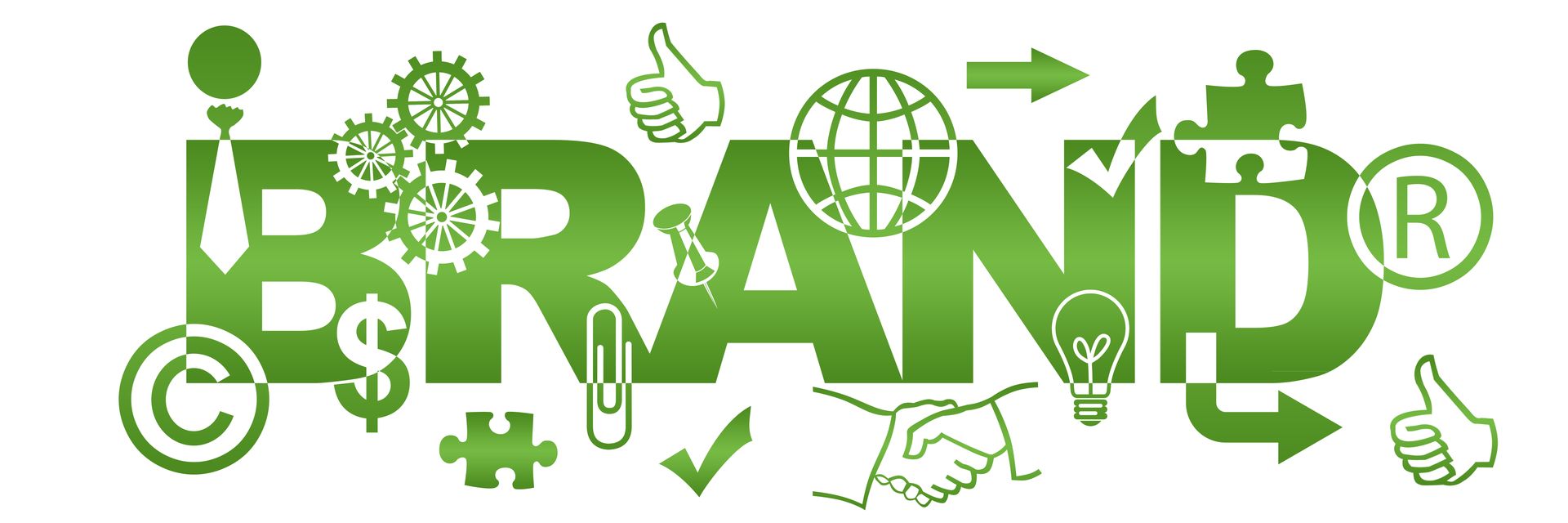
Case Study: Interface Inc.
Interface Inc., a global manufacturer of modular carpet tiles, made headlines in the mid-1990s when their CEO Ray Anderson shifted the company’s focus toward sustainability.
Interface reduced its waste, started using recycled materials, and invested in renewable energy. The result? The company reported a decrease in costs by $450 million between 1995 and 2010 and has built an iconic brand in the sustainable product space.
Case Study: Patagonia
Patagonia, the American clothing company known for its outdoor gear, has long been an advocate for sustainability and environmental responsibility. The company’s commitment to sustainability goes beyond just its products; it is woven into the very fabric of its business model.
Patagonia uses recycled materials and organic cotton in many of its products. The company has also been a vocal advocate for responsible sourcing, ensuring that the materials it uses do not contribute to environmental degradation.
With its Worn Wear program, Patagonia encourages customers to repair and reuse their gear. Customers can return their used Patagonia products for store credit, and these used items are then repaired and resold at a lower cost.
Patagonia is not shy about taking a stand on environmental issues. The company has been involved in numerous environmental campaigns and is transparent about its supply chain and production practices.
Patagonia donates 1% of its annual sales to environmental causes and is also a part of the One Percent for the Planet initiative.
As a result of these practices, Patagonia has built a fiercely loyal customer base and has seen steady growth over the years. Its commitment to sustainability has also earned it a strong brand reputation, which is an asset that’s difficult to quantify.

Case Study: Tesla, Inc.
Tesla, the American electric vehicle and clean energy company, has been at the forefront of the green revolution in the automotive industry. Under the leadership of Elon Musk, Tesla has not only produced electric vehicles but has also worked on making them more accessible to the average consumer.
Tesla’s electric vehicles are known for their performance and efficiency. The company has played a major role in changing the perception of EVs from being slow and impractical to being high-performance vehicles.
One of the challenges of electric vehicles is the lack of infrastructure for charging. Tesla addressed this issue head-on by developing its own network of Supercharger stations, making long-distance travel more practical for Tesla owners.
Beyond cars, Tesla has developed a line of clean energy products, such as solar panels and the Powerwall battery. These products enable homeowners to generate and store their own renewable energy.
In a move to accelerate the adoption of electric vehicles and sustainable energy, Tesla has made many of its electric vehicle patents available to the public for free. This allows other companies to use Tesla’s technology in their own electric vehicles.
Tesla’s commitment to sustainability has helped it to create a distinct niche in the automobile market. The company has also played a significant role in pushing the entire automotive industry toward more sustainable practices.
In both Patagonia and Tesla, we see examples of companies that have made sustainability a core part of their business model. Through innovation, commitment, and a genuine concern for the environment, these companies have not only been successful in business terms but have also made a positive impact on the world. This shows that with the right approach, sustainability and business success can go hand in hand.
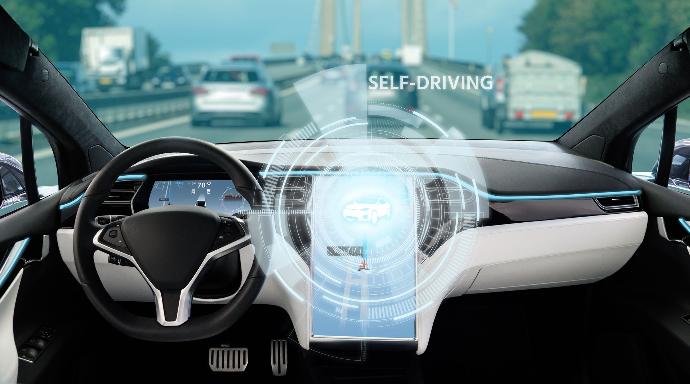
Practical Tips for Embracing Sustainability
Conduct an Environmental Audit:
Understand the current environmental impact of your business. Identify areas where you can reduce waste or energy consumption.
Set Clear Goals:
Set specific, measurable sustainability goals for your business and create a roadmap to achieve them.
Engage Employees:
Encourage your team to participate in sustainability efforts. Employee buy-in is crucial for success.
Communicate with Customers:
Be transparent about your sustainability efforts. Share updates and progress with your customers to build trust.
Constantly Evolve:
Sustainability is an ongoing journey. Continually seek new ways to reduce your business’s impact on the environment and enhance profitability.

Sustainability and profitability are not mutually exclusive; in fact, they can go hand-in-hand. By embracing sustainability, your business can enjoy reduced costs, a loyal customer base, government incentives, and an enhanced brand image. Now, it's your turn to share! What is one sustainable practice you admire in a business, or one change you’ve made in your own business to go green? Let’s inspire each other with stories of positive change.
In conclusion, as we upgrade our business operations, the integration of cutting-edge communications technology is pivotal. Leveraging tools like VoIP phones, CRM systems, and mobile solutions ensures that our customer service remains top-notch while fostering better collaboration within teams. Innovations in video chat and enhanced phone functionalities continue to redefine how we manage calls and communications, proving that strategic enhancements in our tools are indispensable for business advancement.
